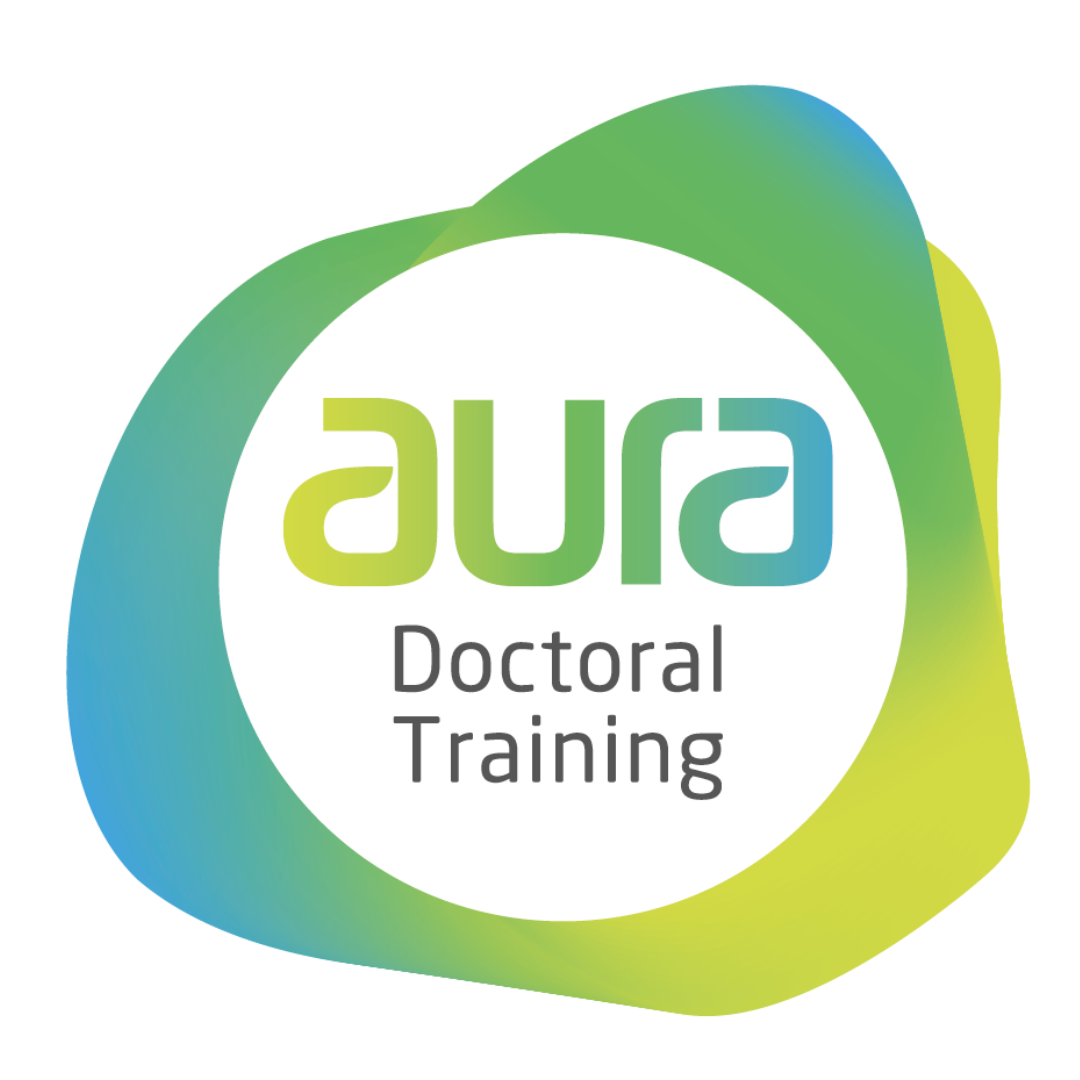

Research projects

- Research area
Operations maintenance and human factors
- Institution
University of Sheffield
- Research project
Next generation bearings for reliable power transmission in large wind turbines
- Lead supervisor
- PhD Student
- Supervisory Team
Prof Hui Long, University of Sheffield
Dr Gary Nicholas, University of Sheffield
Project Description:
The Project
Almost all the bearings in wind turbine transmissions are rolling element type. That includes slow and high-speed shafts, gearbox, blade pitch bearings, and the main bearing that supports the rotor. Wind loading is highly variable and so bearings can operate at changeable speed, high and very variable loading. This is a bad place for bearings and there are lots of wear and fatigue failures – design life is 20 years but bearings rarely last that long. As machines have got larger, this state has worsened. Manufacturing very large bearings (up to 5m diameter) is expensive and repairing or replacing them very difficult. For example, to replace the main bearing requires the removal of the whole rotor and blades – imagine doing that at sea from a ship mounted crane.
In other large scale machines (e.g. hydro-electric power stations, ships propeller bearing) sliding type or ‘hydrodynamic’ bearings are much more common (e.g. read about Waukesha’s Maxalign bearing).
There is increasing interest from industry to come up with new designs for these kinds of bearing for wind turbine applications. There is believed to be a prototype turbine in China that has operated successfully for a year. Other bearing companies are interested and embarking on similar technologies; see the cute little video, which nicely explains their concepts (https://www.daidometal.com/20220928-2/)
Some of the challenges will be around finding bearing design, materials, and lubricants that will withstand the high loads and start-stop nature of operation. This project is about supporting those developments. Some questions that will need to be addressed: will conventional bearing facing materials survive the extreme conditions, how will lubricant be supplied to the bearing faces in such a large assembly, will greases be adequate, the effect of salt-water contamination, and how will the oil film formation and performance be monitored?
There will be four approaches to this project and these will adapt as the project progresses and to suit the student’s needs and interests.
Firstly, there will be an experimental build part, designing and building lab scale test rigs to test out small bearings. This will be supported by technicians with rig building experience, and fellow PhD students who have built similar rigs.
Secondly, there will be a sensor design part. Here you will be building sensor systems to measure operating parameters of the bearing (load and speed, and temperature; but also new kinds of ultrasonic sensors to measure the oil film thickness or deflection/wear).
Thirdly, you will be modelling bearing operation. Either using standard design codes, or by building your own Python or Matlab models of how oil films form in bearings. We have access to wind loading data and so can use this to see how the bearings would perfmon under realistic conditions.
The fourth aspect is to bring these together, in the experimental testing of bearings and comparing with theoretical models.
You would be joining the Leonardo Centre for Tribology which is an active and friendly group. There are ~25 PhD students working on machine elements, tribology, lubrication, and sensor systems for wind, auto, rail and energy applications. The group has well equipped labs and its own office space for the PhD students.
Training and Skills
The student will receive training in use of tribology test apparatus, Matlab, LabView, and various ultrasonic sensor technologies. Extensive guidance will also be given through the Leonardo Centre (University of Sheffield) on experimental procedures for bearing testing, rig design/build, modelling techniques, and sensor systems.
The student will be in a position to continue in academia or to move to a job involving engineering design, sensors and instrumentation, rig building, and experimental work.
References:
- https://www.windpowerengineering.com/different-kinds-bearings-used-wind-turbines/
- Hart, E., de Mello, E., Dwyer-Joyce, R.S., (2022), Wind turbine main-bearing lubrication – Part 2: Simulation based results for a double-row spherical roller main-bearing in a 1.5 MW wind turbine, Wind Energy Science
- Faulstich S, Hahn B, Tavner PJ. Wind turbine downtime and its importance for offshore deployment. Wind Energy 2010;14:327–37.
- Frêne, D. Nicolas, B. Degueurce, D. Berthe, M. Godet, Hydrodynamic Lubrication: Bearings and Thrust Bearings (Elsevier, Amsterdam, 1997)
- https://www.daidometal.com/wind-power/
- https://www.victrex.com/en/windwhitepaper

